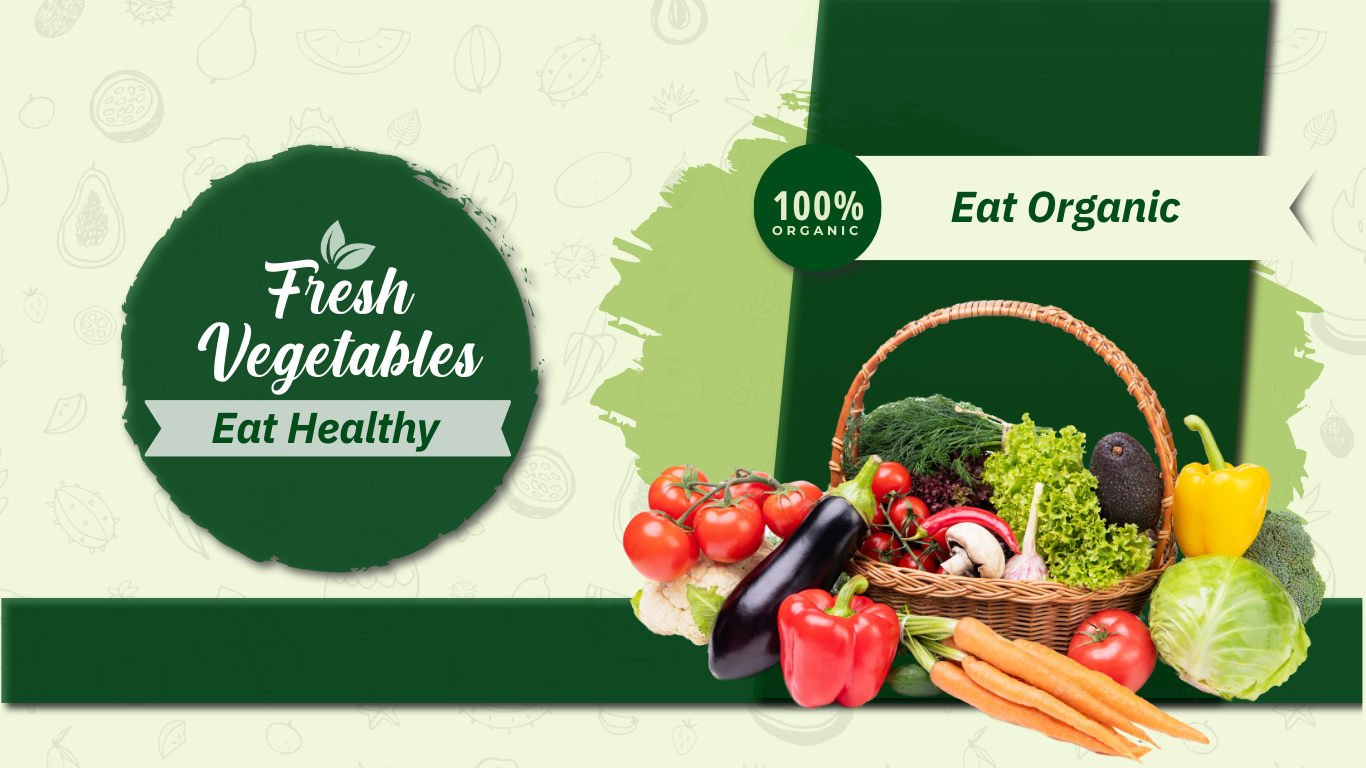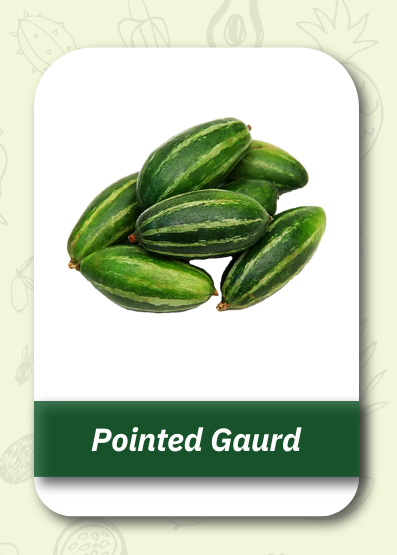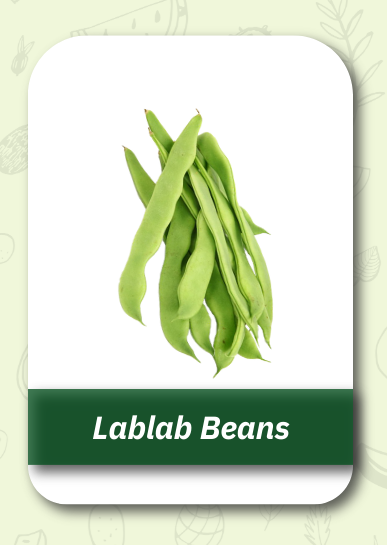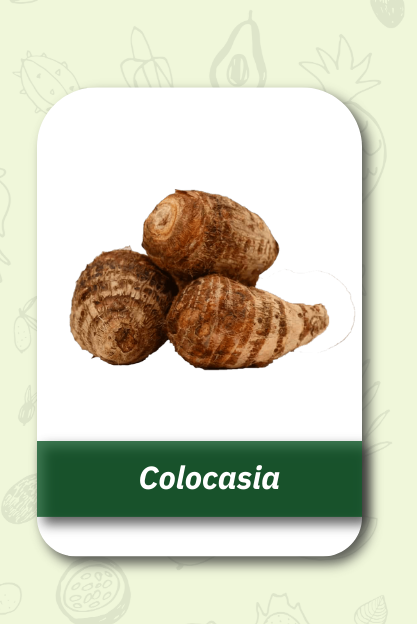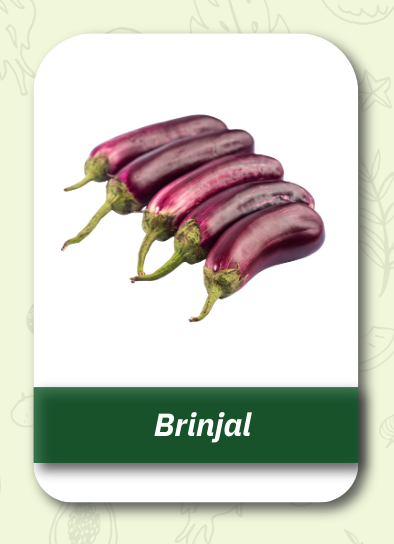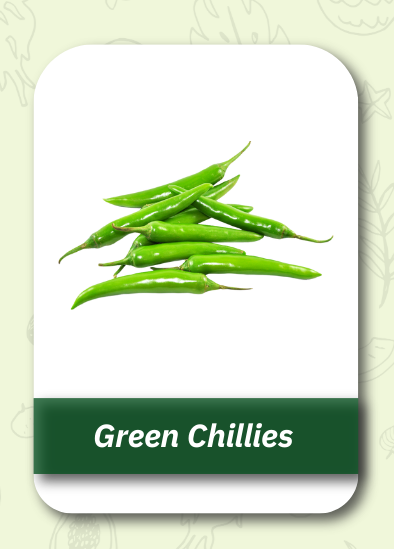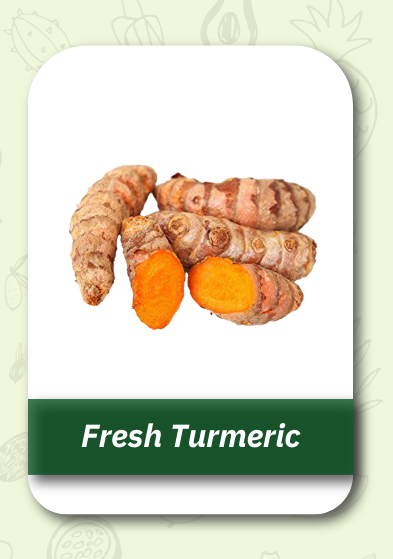LONG BEAN is also known as the long-podded cowpea, asparagus bean, snake bean, or Chinese long bean. They have a very pronounced flavor and have a distinctly beany taste, and are not sweet like the green bean. Long beans work best briefly steamed, stir-fried, or braised, but also hold up well when added to stews.
In conclusion, long beans are a nutritious and delicious vegetable that offer a wide range of health benefits. Whether you're looking to boost your immune system, improve your digestion, or fight inflammation, long beans are a great food to add to your diet.
Organic long beans are considered as high-energy food and offer cardiovascular protection. They can be prepared into stir fries or even curry. The nutrition power pack of long beans are also important for the formation of healthy connective tissues and strengthening nails.

